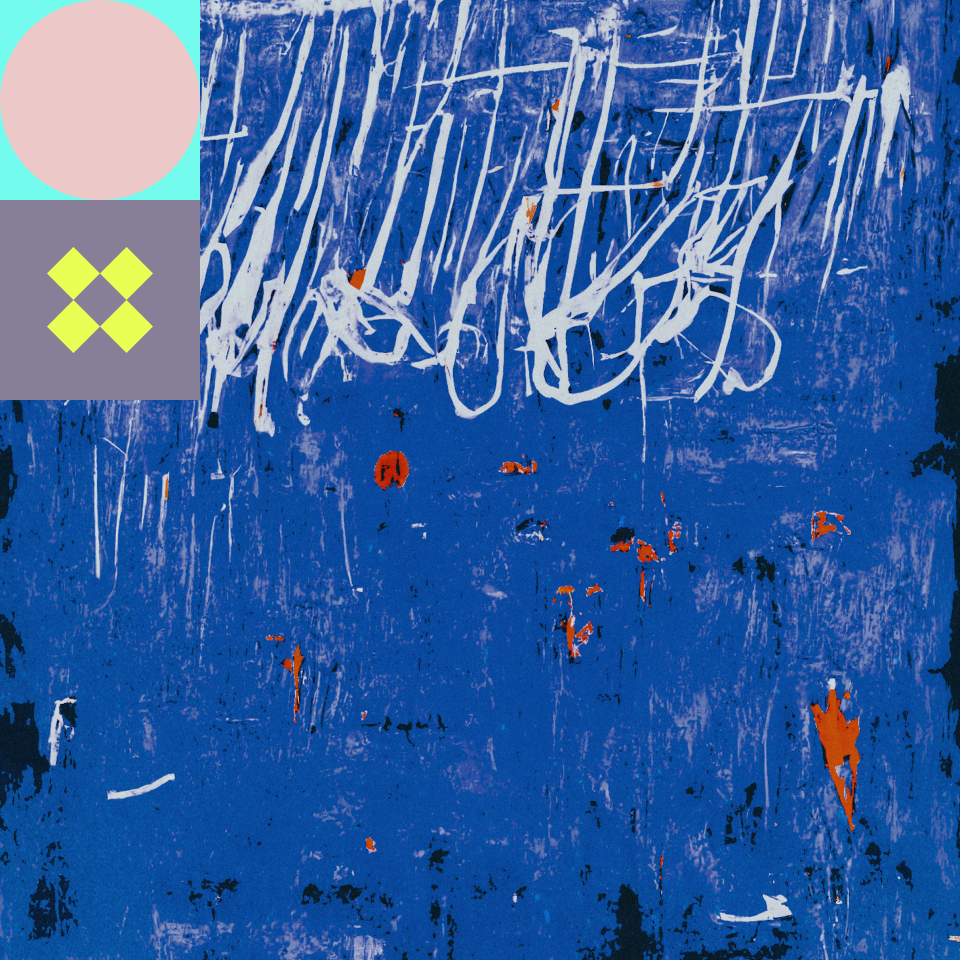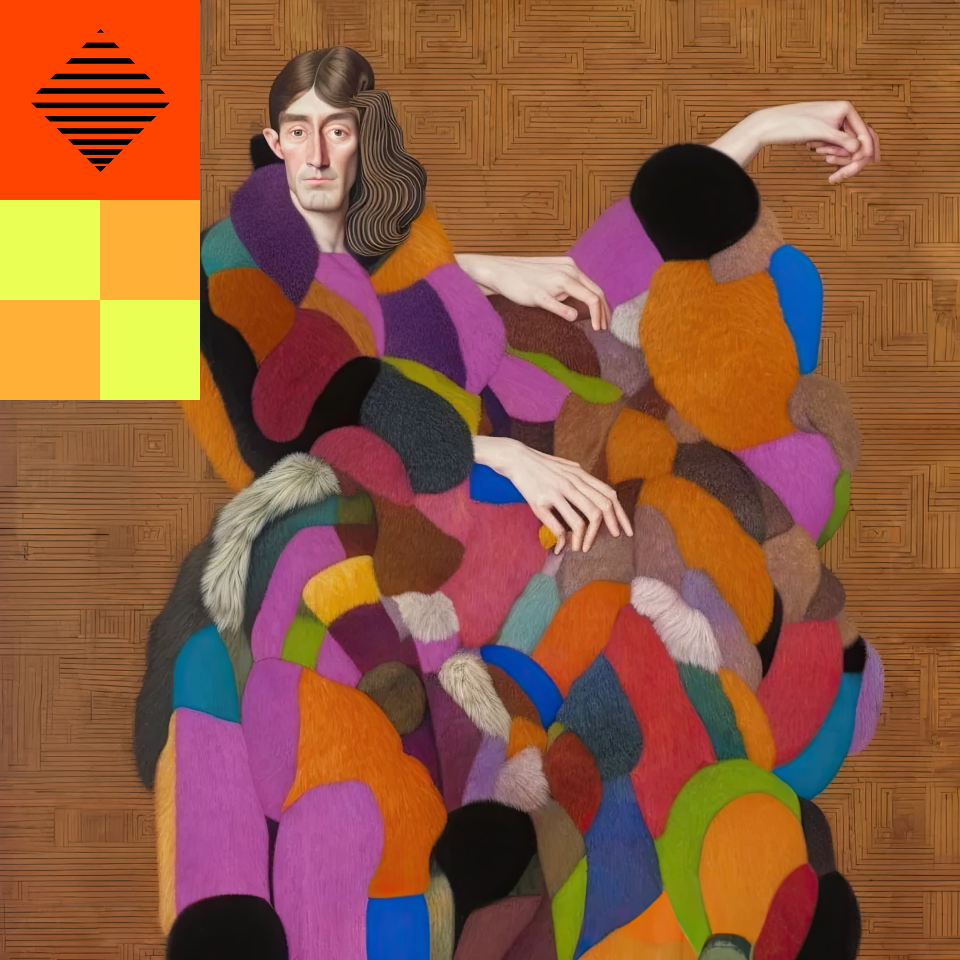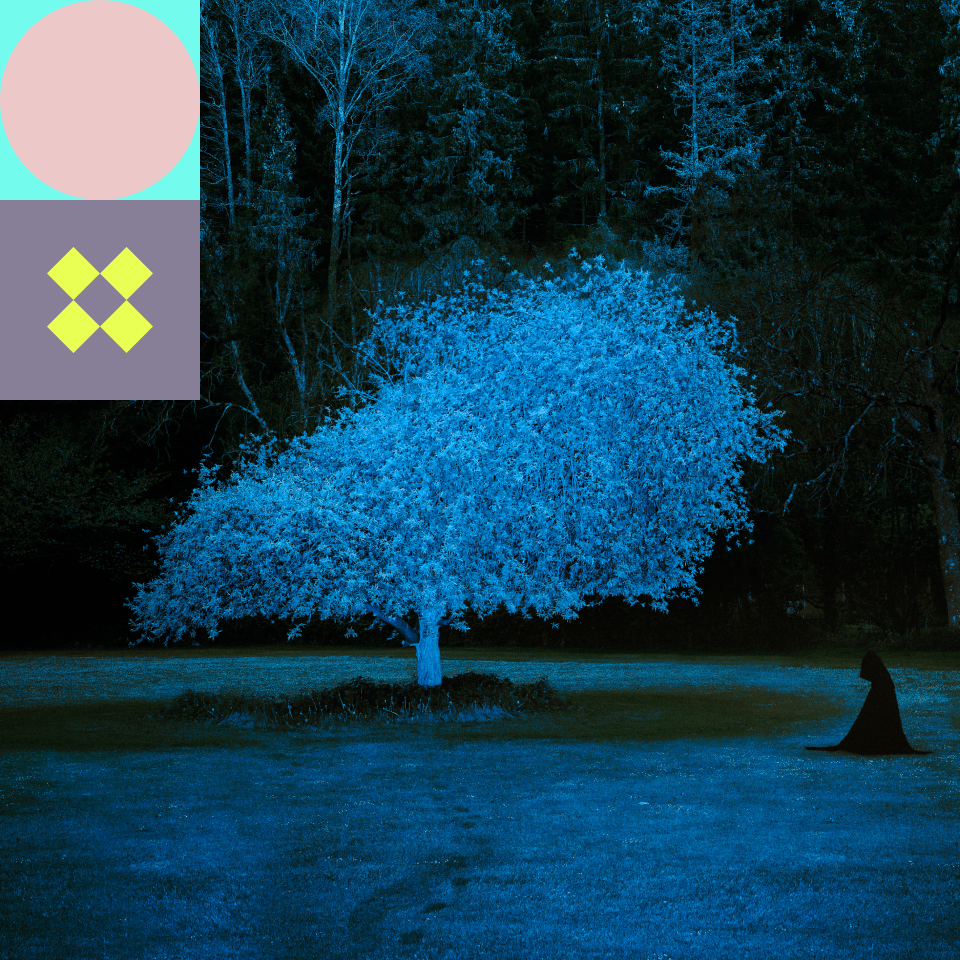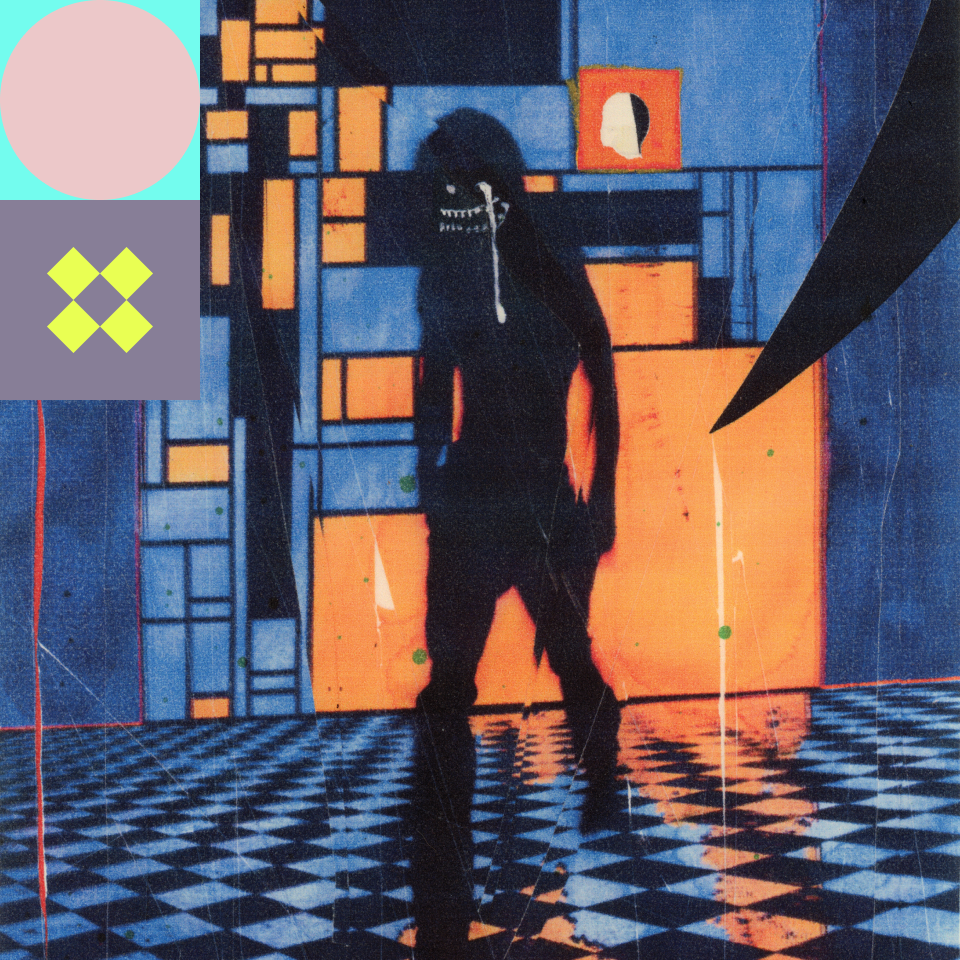In recent years, the popularity of cryptoart and NFTs has skyrocketed, and their influence on the art market is becoming increasingly evident. In this article, we will explore how the secondary art market functions on the blockchain, which, through on-chain provenance, has revolutionized how we track ownership, and provide royalties, across the digital art world. In many ways, the secondary market on the blockchain is animated by similar principles to the secondary market of the traditional art world. The potential for profit is, for instance, a key feature of both markets. Collectors and investors often buy art in the hope that its value will appreciate over time, allowing them to sell it at a higher price in the future. A key difference between the two markets, however, is that the blockchain brings unprecedented transparency to art transactions, is designed to be trustless, enables fractionalized ownership, and breathes new life into the long-dormant idea of artist and collector royalties
Transparency
In the blockchain, artwork ownership and provenance are recorded using NFTs, which are digital tokens that represent unique assets. Since every transaction that takes place on the blockchain is publically and immutably recorded, it creates a tamper-proof and verifiable ledger of who owns (or owned) any single NFT. NFTs provide a decentralized and immutable record of ownership, ensuring the artwork's authenticity and provenance. Further, when artists or collectors tokenize their physical or digital artworks and mint them as NFTs, they have the opportunity to add crucial information to the artwork's metadata, such as the artist’s name, creation date, and a digital fingerprint of the artwork.
While the traditional art market often struggles with issues related to forgery, theft, and unclear provenance through NFTs the blockchain offers unparalleled transparency. This transparency starts from the metadata of a given artwork and extends to recording primary and secondary market transactions in a public ledger.
Trustlessness
Art transactions on the blockchain are executed through smart contracts, which are self-executing agreements with the terms and conditions directly written into the code. This ensures trustless transactions between buyers and sellers. The rules encoded in the smart contract are established by the artist and are enforced automatically from that point forward. When artworks are traded on secondary markets, artists who own the smart contracts can track it – who’s collecting, how much are they reselling for, and what mechanisms are used to sell them (auction, fixed price, etc.). This effectively eliminates the need for intermediaries such as galleries, art dealers, and auction houses. Of course, artists can still choose to work with them keeping the same level of transparency over their smart contracts.
It’s important to note that much of smart contract creation can happen automatically when an artist chooses to mint on a cryptoart marketplace. These marketplaces will often have boilerplate contracts that have the artist royalty percentages as well as the marketplace commission baked in (ranging from 0% to 15% usually, but reaching as high as 30% for boutique galleries). Of course, artists can always choose to create their own smart contracts by coding them or using no-code tools such as Manifold for example.
Fractionalization
Fractional ownership enabled by tokenization allows more people to invest in art, even if they cannot afford to buy the entire piece. This allows collectors to collectively invest in assets and trade their positions on the secondary market at various points in time. The blockchain allows all those transactions to be recorded and available publicly, making collective ownership easier and more transparent than it’s ever been in the art world.
Here are some examples of tools that provide NFT fractionalization as a service. Please note that these platforms are constantly evolving and new players may emerge in the market. It is essential to conduct thorough research and due diligence before using any platform to fractionalize your NFTs.
- Fractional is a decentralized protocol for creating, managing, and trading fractional ownership of NFTs. It enables NFT owners to mint fractions of their NFTs and sell these fractional shares to other users in the community.
- Unicly is a decentralized platform for fractionalizing, combining, and trading NFTs. The platform enables users to create uTokens, which represent fractional ownership of a collection of NFTs. These uTokens can then be traded or used as collateral for loans.
- PartyBid is an application for buying, using, and selling NFTs as a group. After a Party purchases an NFT, Party members can propose and vote on actions to take as a group (like selling). PartyBid developed by PartyDAO – a decentralized software organization focused on building multiplayer crypto software.
Royalties
In traditional art markets, artists typically only benefit financially from the initial sale of their artwork. They generally do not receive any share of the profits when their artwork is resold on the secondary market because the traditional art market lacks a standardized system to track the resale of art and automatically provide royalties to artists. Even if there are royalties agreements in place, it’s up to secondary market traders to disclose transactions and fulfill royalties. This means that artists typically cannot benefit from the appreciation of their work's value over time. This issue is especially pertinent in cases where an artwork's value skyrockets after its initial sale, and the artist cannot reap any financial benefits from this increase.
However, NFTs enable artists to embed royalty structures within their smart contracts. This means that every time an NFT is resold, a predetermined percentage of the sale price is automatically paid to the artist as a royalty. This provides artists with an ongoing revenue stream and a fairer share of the profits generated by their work.
There has been much debate in web3 over whether royalties should be standard practice. Some platforms have opted out of enforcing royalty agreements, but SuperRare is committed to artists’ royalties. So it’s up to artists and collectors who care about royalties to work with marketplaces that uphold them.
The secondary art market on the blockchain is reshaping the way art is bought, sold, and traded by offering enhanced transparency, accessibility, and a more equitable revenue model for artists and collectors. As more artists, collectors, and investors embrace this new approach, the secondary cryptoart market is poised for significant growth in the coming years.



